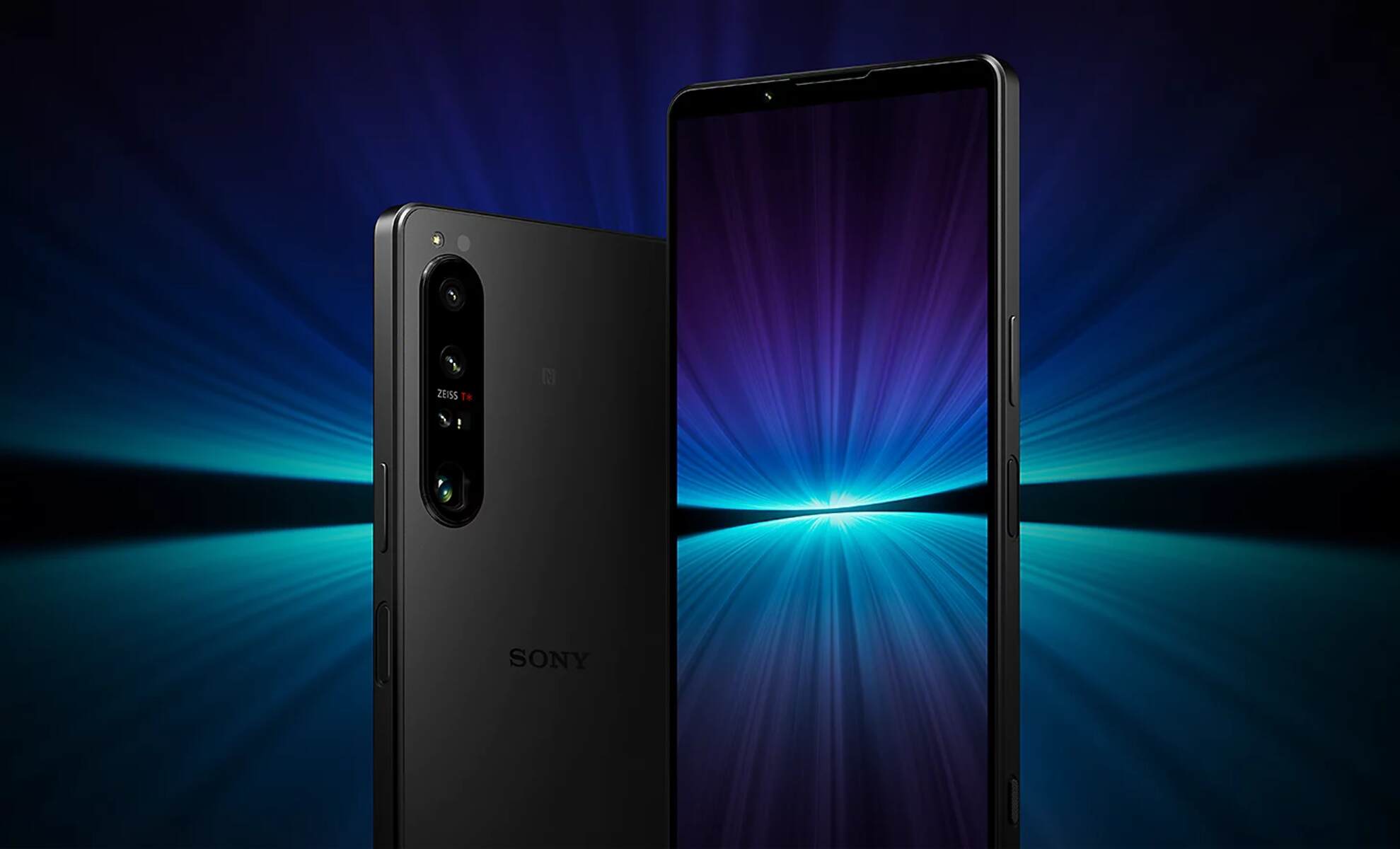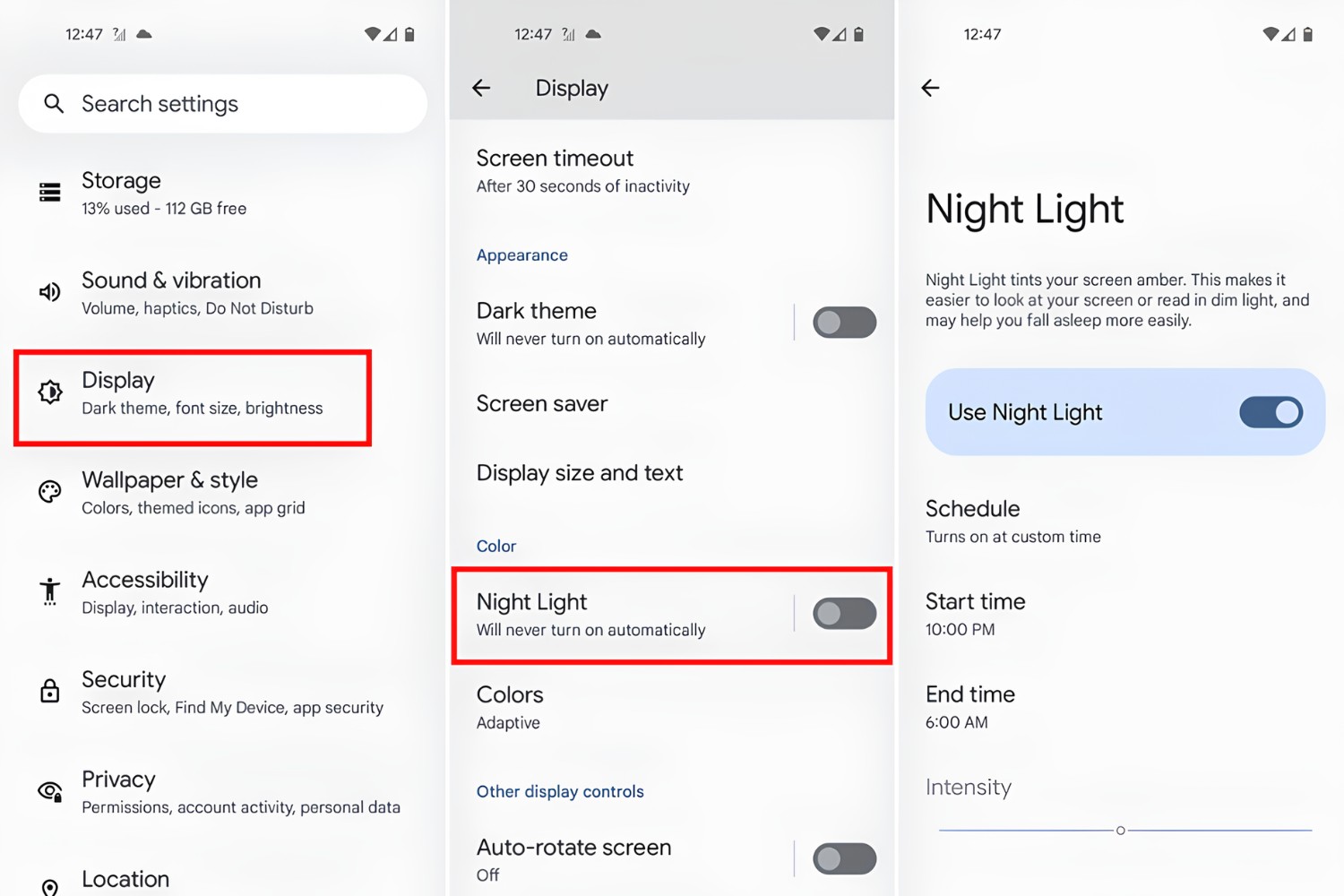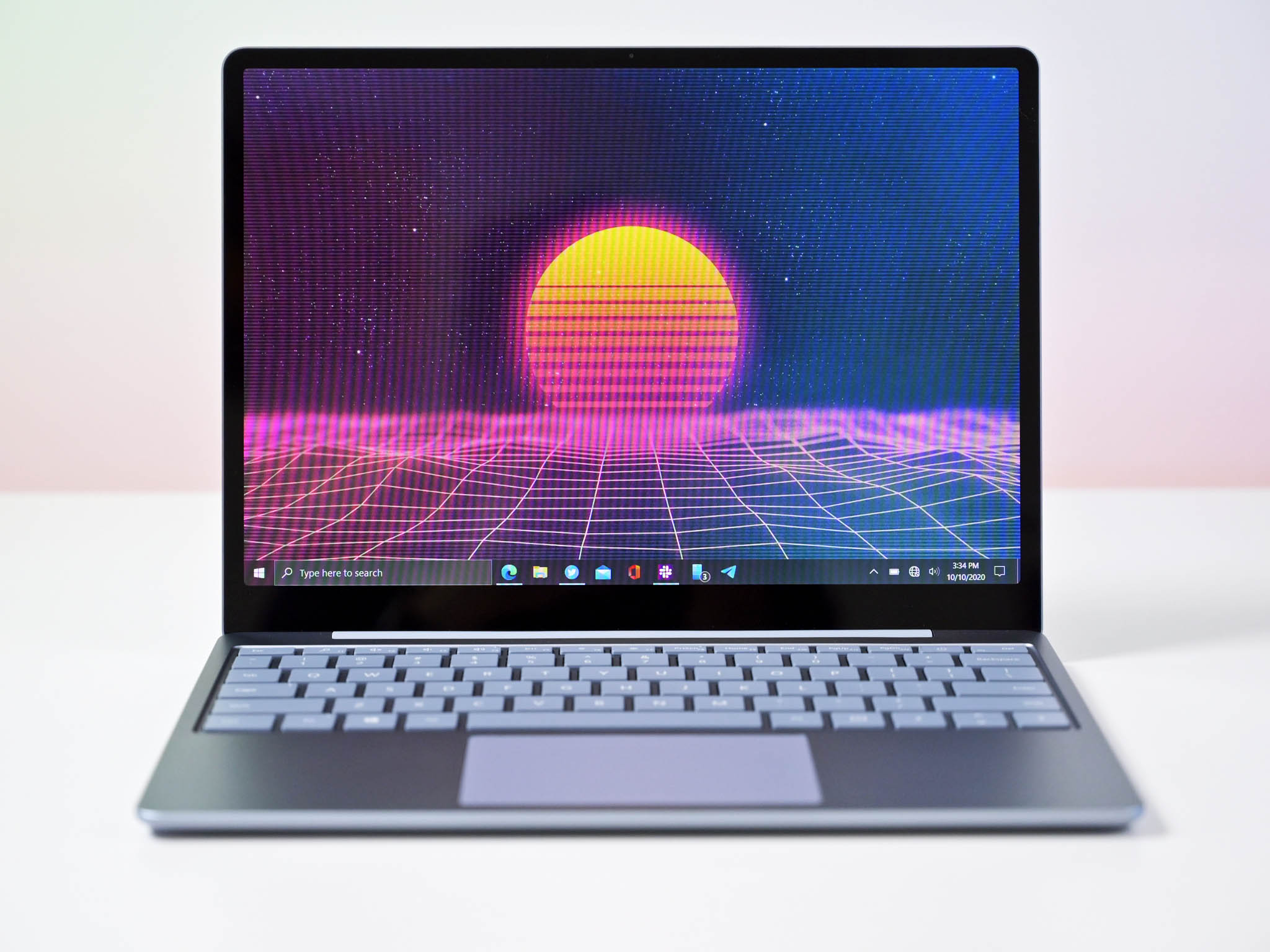Introduction
In today's digital age, where technological advancements have become an integral part of our daily lives, the use of computers has become ubiquitous. Whether for work, education, entertainment, or communication, many individuals spend a significant amount of time in front of computer screens. While this technological revolution has undoubtedly brought about numerous benefits, it has also raised concerns about the potential health implications associated with prolonged exposure to blue light emitted by these devices.
As we delve into the intricacies of blue light and its impact on our well-being, it's essential to understand the significance of this topic. The prevalence of digital devices, such as computers, tablets, and smartphones, has led to a substantial increase in blue light exposure, prompting a growing interest in the potential effects on human health. This has sparked a vital conversation about the need to strike a balance between leveraging the benefits of technology and mitigating any adverse effects it may pose.
With this in mind, it becomes crucial to explore the generation of blue light from computers, its potential impact on our health, and practical strategies to minimize exposure. By gaining a deeper understanding of these aspects, individuals can make informed decisions and adopt measures to promote their well-being while engaging with technology. Let's embark on this enlightening journey to unravel the intricacies of blue light and its implications in the context of computer usage.
What is Blue Light?
Blue light is a subset of the visible light spectrum, which consists of light rays with short wavelengths and high energy. This type of light is emitted by various sources, including the sun, digital screens, and LED lighting. Its prevalence in modern technology, particularly in the context of computer screens, has sparked widespread interest and concern due to its potential impact on human health.
One of the defining characteristics of blue light is its short wavelength, which gives it a higher energy output compared to other visible light wavelengths. This unique property enables blue light to penetrate deep into the eye, reaching the retina. While exposure to natural blue light during daylight hours can have beneficial effects on our circadian rhythm and overall well-being, prolonged and excessive exposure to artificial sources of blue light, such as computer screens, can lead to potential health implications.
Moreover, blue light plays a crucial role in regulating our sleep-wake cycle, also known as the circadian rhythm. Exposure to blue light during the day helps to boost attention, reaction times, and mood, while signaling the body to stay awake and alert. However, prolonged exposure to blue light in the evening, particularly from digital devices, can disrupt the production of melatonin, a hormone that regulates sleep, thus leading to difficulties in falling asleep and obtaining restful sleep.
In the context of computer usage, the emission of blue light from screens has raised concerns about its potential effects on eye health. Prolonged exposure to blue light may contribute to digital eye strain, characterized by symptoms such as dry eyes, headaches, blurred vision, and eye fatigue. Additionally, some studies suggest that chronic exposure to blue light may increase the risk of age-related macular degeneration, a leading cause of vision loss.
Understanding the nature of blue light and its potential impact on our health is essential in navigating the digital landscape. By gaining insights into the characteristics of blue light and its effects on our well-being, individuals can make informed decisions and adopt strategies to mitigate potential risks associated with prolonged computer usage.
The Impact of Blue Light on Health
Prolonged exposure to blue light, particularly from digital devices like computers, has raised concerns regarding its potential impact on human health. The pervasive nature of technology in modern society has significantly increased individuals' exposure to artificial sources of blue light, prompting a closer examination of its effects.
One of the primary areas of concern is the potential impact of blue light on eye health. Extended periods of screen time can lead to digital eye strain, also known as computer vision syndrome. This condition encompasses a range of symptoms, including dry eyes, headaches, blurred vision, and eye fatigue. The eyes are subjected to prolonged focusing and strain when viewing digital screens, leading to discomfort and visual disturbances. Moreover, the high-energy blue light emitted by screens can contribute to oxidative stress in the eyes, potentially increasing the risk of age-related macular degeneration, a progressive eye disease that can lead to vision loss.
In addition to its effects on eye health, blue light exposure can disrupt the body's natural sleep-wake cycle. The circadian rhythm, which governs the sleep and wake cycles, is influenced by exposure to light, particularly blue light. During the day, exposure to natural blue light promotes alertness and regulates the body's internal clock. However, prolonged exposure to artificial blue light in the evening, such as that emitted by computer screens, can suppress the production of melatonin, a hormone essential for regulating sleep. This disruption can lead to difficulties in falling asleep and result in poor sleep quality, potentially impacting overall health and well-being.
Furthermore, emerging research suggests that excessive blue light exposure may have broader implications for overall health beyond eye strain and sleep disturbances. Some studies indicate that prolonged exposure to blue light may have metabolic and cardiovascular implications, potentially affecting factors such as blood pressure, heart rate, and glucose metabolism. While further research is needed to fully elucidate these potential effects, it underscores the importance of understanding and addressing the impact of blue light on overall health.
In light of these considerations, it is essential for individuals to be mindful of their exposure to blue light, particularly from computer screens, and take proactive measures to mitigate its potential effects. By recognizing the impact of blue light on health, individuals can make informed decisions regarding screen time and implement strategies to minimize exposure, thereby promoting their overall well-being in the digital age.
How Computers Generate Blue Light
Computers generate blue light through the utilization of light-emitting diode (LED) displays, which have become the predominant technology in modern monitors and screens. LED technology relies on the emission of light by semiconducting materials, particularly those that produce blue light. The process begins with the excitation of electrons within the semiconductor material, causing them to release energy in the form of photons. This energy emission gives rise to the characteristic blue light associated with LED displays.
The generation of blue light in LED displays is achieved through the use of specific phosphors that convert the initial light emissions into the desired color spectrum. In the case of blue light, the phosphors within the LED display are engineered to emit a vibrant blue hue when excited by the underlying semiconductor light source. This intricate process enables the creation of vivid and vibrant displays, contributing to the visual appeal of modern computer screens.
Furthermore, the prevalence of LED backlighting in computer displays has significantly augmented the emission of blue light. Unlike traditional liquid crystal displays (LCDs), which relied on cold cathode fluorescent lamps (CCFLs) for backlighting, LED technology has become the standard for achieving high-quality, energy-efficient displays. As a result, the widespread adoption of LED backlighting has amplified the exposure to blue light, particularly in the context of prolonged computer usage.
The cumulative effect of these technological advancements has led to increased concerns regarding the potential health implications of prolonged exposure to blue light from computers. As individuals spend more time engaging with digital devices, the generation of blue light from LED displays has become a focal point for understanding its impact on eye health, sleep patterns, and overall well-being.
By comprehending the mechanisms through which computers generate blue light, individuals can gain insights into the underlying technology shaping their digital experiences. This understanding serves as a foundation for implementing practical strategies to minimize blue light exposure and promote a balanced approach to computer usage in the modern era.
Ways to Reduce Blue Light Exposure from Computers
-
Adjust Display Settings: Most modern computers offer the option to adjust display settings to reduce blue light emission. This feature, often known as "night mode" or "blue light filter," allows users to modify the color temperature of the screen, shifting it towards warmer tones. By activating this setting, the intensity of blue light emitted by the display is reduced, thereby minimizing its potential impact on eye strain and sleep patterns.
-
Utilize Blue Light Filtering Software: Various software applications are available that specifically target blue light reduction. These programs can be installed on computers to automatically adjust the color temperature of the screen based on the time of day. By gradually reducing blue light emission as evening approaches, these applications help mitigate the potential disruption of the circadian rhythm caused by prolonged exposure to blue light.
-
Invest in Blue Light Filtering Screen Protectors: Screen protectors designed to filter blue light can be applied to computer monitors, serving as an additional barrier to reduce the amount of blue light reaching the eyes. These protectors are designed to selectively block blue light wavelengths while maintaining the clarity and visibility of the display, offering a physical solution to minimize blue light exposure during computer usage.
-
Use Anti-Glare Filters: Anti-glare filters not only reduce screen glare and reflections but also help in minimizing blue light emission. By reducing glare, these filters enhance visual comfort and may contribute to reducing eye strain associated with prolonged computer usage, especially in environments with bright lighting.
-
Take Regular Screen Breaks: Incorporating regular screen breaks into computer usage patterns can help reduce overall blue light exposure. Following the 20-20-20 rule, which involves looking at an object 20 feet away for 20 seconds every 20 minutes, can provide relief to the eyes and mitigate the effects of prolonged screen time.
-
Opt for Blue Light Filtering Glasses: Blue light filtering glasses are designed to selectively block or absorb blue light wavelengths, thereby reducing the amount of blue light reaching the eyes. By wearing these glasses during computer usage, individuals can minimize the potential impact of blue light on eye strain and sleep quality.
By implementing these strategies, individuals can proactively reduce their exposure to blue light from computers, thereby promoting eye health, supporting healthy sleep patterns, and mitigating potential adverse effects associated with prolonged screen time.
Conclusion
In conclusion, the pervasive use of computers in modern society has significantly increased individuals' exposure to blue light, prompting a closer examination of its potential impact on health. The generation of blue light from computer screens, particularly through the prevalent use of LED technology, has raised concerns regarding its effects on eye health, sleep patterns, and overall well-being. It is essential for individuals to be mindful of their exposure to blue light and take proactive measures to mitigate its potential effects.
Understanding the impact of blue light on health is crucial in navigating the digital landscape. Prolonged exposure to blue light, especially from digital devices like computers, can lead to digital eye strain, disrupted sleep patterns, and potential implications for overall health. However, by adopting practical strategies to reduce blue light exposure, individuals can promote their well-being while engaging with technology.
Adjusting display settings, utilizing blue light filtering software, investing in blue light filtering screen protectors, using anti-glare filters, taking regular screen breaks, and opting for blue light filtering glasses are effective measures to minimize blue light exposure from computers. These strategies not only contribute to reducing the potential impact on eye health and sleep patterns but also support a balanced approach to computer usage in the modern era.
As technology continues to advance, it is essential for individuals to prioritize their health and well-being while leveraging the benefits of digital devices. By incorporating these practical strategies and being mindful of their screen time, individuals can strike a balance between technological engagement and the preservation of their health.
In the ever-evolving digital landscape, the awareness of blue light's impact on health serves as a catalyst for informed decision-making and proactive measures. By fostering a deeper understanding of blue light and its implications, individuals can empower themselves to make conscious choices that promote their overall well-being in the digital age.

























